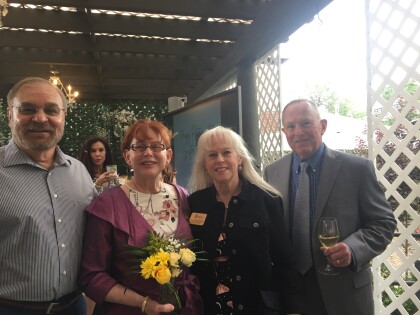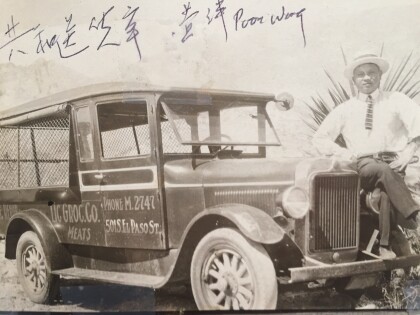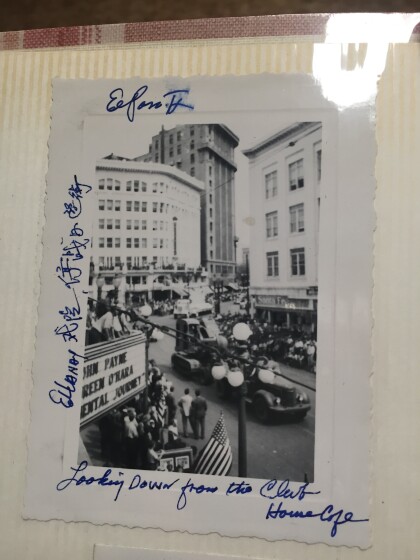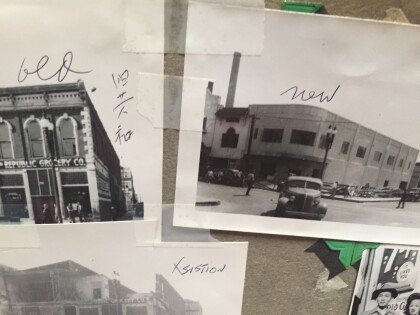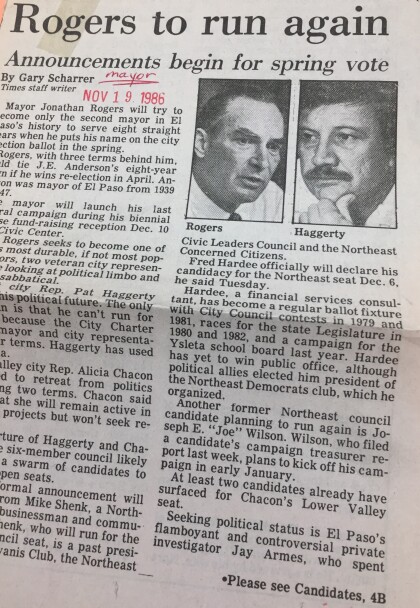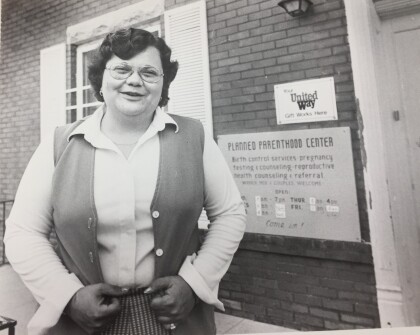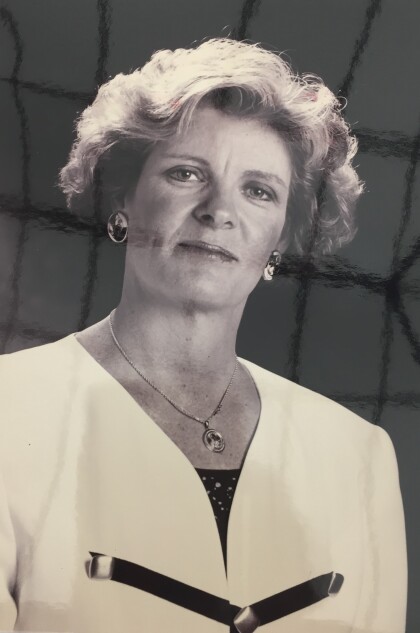Mapping Inequality & Reclaiming Place – Demolition of a Neighborhood

Mapping Inequality & Reclaiming Place – Demolition of a Neighborhood
In 1956, congress passed the Federal-Aid Highway Act and created a vast interstate highway network across the country. It encompassed a 41,000 system that connected populations of more than 100,000 residents. Completed in the 1990’s and at a cost of a hundred billion dollars, it profoundly changed the landscape of America and how citizens travel and conduct business.
Interstate 10 was one of the largest interstate highways built with a length of 2,500 miles. It spans from Jacksonville, Florida to Santa Monica, California. Interstate 10 made its way through El Paso in the early 1960’s. Much of the interstate would cut through existing El Paso neighborhoods such as Lincoln Park, Rio Grande, Downtown and Sunset Heights. Large parcels of land were bought out and families left their homes. Much of this demolition happened in El Paso’s then Eastside which included Lincoln Park Neighborhood, the epicenter for El Paso’s African American community. A large amount of homes and businesses were lost despite a nationwide protest to save these communities from erasure and possible health hazards coming from construction and automobiles.
This map from the “Mapping Inequality” project documents redlining in El Paso. Dating back to the 1930s, redlining was a widespread, discriminatory practice that started during the New Deal-era when the United States government began offering government-insured mortgages to prevent mass foreclosures during the Great Depression. As the program grew, the government began adding qualifications to who could qualify for these mortgages based on the value and location of homes. Color-coded maps were used to evaluate the risk associated with the loan and, across the United States, Black and other non-white neighborhoods were consistently deemed high risk and circled with a red line. By labeling these areas high risk, banks and other mortgage agencies were able to deny loans to people of color. Though redlining was ultimately deemed illegal under the Fair Housing Act of 1968, its effects are still felt today. Redlining inhibited families from upward economic mobility during an era of unprecedented economic growth post-WWII and also restricted movement within cities.
As a result, the majority of El Paso’s historic Black homes and businesses are located within these redlined areas. A current list of identified locations is available here on Google Maps: https://maps.app.goo.gl/4DW2ao2WTipU58G27
This object is currently on view in the El Paso Museum of History's newest exhibition Still We Rise: El Paso's Black Experience on view until January 2024.
Reportar esta entrada
Más sobre la misma comunidad-colección
Black & Chicanx Community Table: Community Recipes
Featured Recipe: Consuelo's Salsa Verde by Natasha
Type: ...
Black & Chicanx Community Table: Community Recipes
Featured Recipe: Consuelo's Salsa Verde by Natasha
Type: ...
Black & Chicanx Community Table: Community Recipes
Featured Recipe: Maple Apple & Peanut Butter Snack by ...
Black & Chicanx Community Table: Community Recipes
Featured Recipe: Maple Apple & Peanut Butter Snack by ...
Black & Chicanx Community Table: Community Recipes
Featured Recipe: Churros by Jennifer Schaefer
Type: ...
Black & Chicanx Community Table: Community Recipes
Featured Recipe: Churros by Jennifer Schaefer
Type: ...
Black & Chicanx Community Table: Community Recipes
Featured Recipe: Sugar Cookies by Mayte Gonzalez
Type: ...
Black & Chicanx Community Table: Community Recipes
Featured Recipe: Sugar Cookies by Mayte Gonzalez
Type: ...
Black & Chicanx Community Table: Community Recipes
Featured Recipe: Overnight Oats by Jessica
Type: Good for ...
Abe Ramirez, former principal, Loretto Academy and staff 2022
Abe Ramirez, former principal, Loretto Academy and staff 2022
Nicole Cobb, president, Loretto Academy and teacher 2022
Nicole Cobb, president, Loretto Academy and teacher 2022
Looking down from the Club Home Cafe out into Downtown, El Paso, TX c. 1960
Looking down from the Club Home Cafe out into Downtown, El Paso, ...
Planned Parenthood Employee outside office in El Paso, TX c. 1967
Planned Parenthood Employee outside office in El Paso, TX c. ...
Martini De Groat, El Paso Women's Hall of Fame member
Martini De Groat, El Paso Women's Hall of Fame member
Pasos Urbanos Virtual Exhibition
There is nothing more pleasing and rewarding than witnessing the ...














